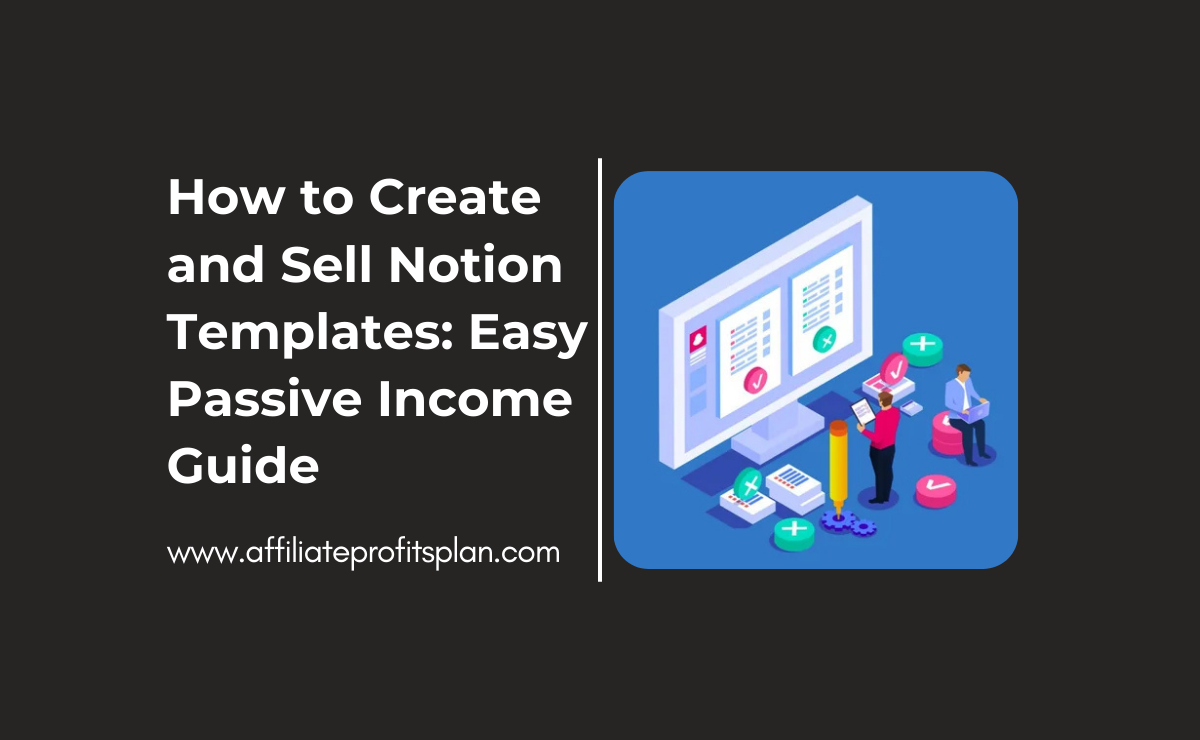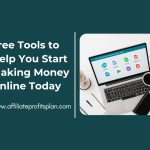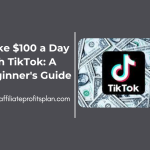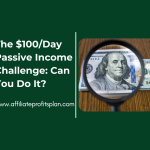Welcome to my article “How to Create and Sell Notion Templates: Easy Passive Income Guide” If you’ve ever spent 3 hours designing the perfect Notion dashboard—only to realize you actually forgot to do the task it was meant to organize—welcome to the club! Notion isn’t just a tool; it’s an obsession. But did you know that same obsession could become a legit passive income stream?
Yup, we’re talking about creating and selling Notion templates. In 2025, digital products are hotter than ever, and Notion templates are leading the charge—like the digital version of avocado toast, but profitable. Whether you’re a productivity nerd, a side hustle hunter, or someone who simply likes making aesthetically pleasing to-do lists, there’s a place for you in the Notion creator economy.
In this guide, you’ll learn exactly how to turn your love for Notion into cash—from creating a template people actually want to buy, to selling it on platforms like Gumroad, Etsy, or even your own website. No tech degree required. No need to be the next Marie Kondo of databases. Just some creativity, a little strategy, and maybe a mild addiction to toggles and checkboxes.
So, grab your coffee (or matcha if you’re feeling fancy), open a blank Notion page, and let’s dive into how to build a passive income empire—one beautiful template at a time.
Access Our Proven Tested Formula for $50-$100 Daily Income – Watch This FREE Video >>
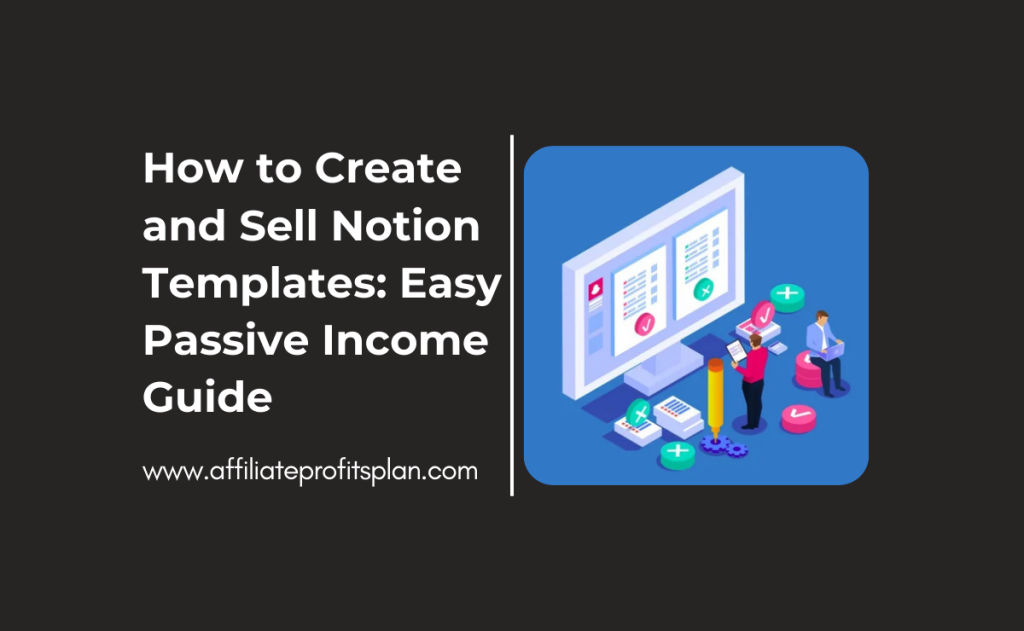
Understand the Market: What Makes a Great Notion Template?
Before you go wild building a 17-tab productivity system with rainbow-colored databases and a dashboard that requires a user manual, let’s take a step back. The key to selling Notion templates isn’t just making something cool—it’s making something people actually need (and are willing to pay for). Novel concept, right?
Find Your Niche (Because “Everything Template” Won’t Cut It)
Start by identifying a niche. The Notion universe is vast—students, entrepreneurs, creators, remote workers, even dog groomers probably have their own dashboard needs. Popular niches in 2025 include content calendars, habit trackers, budget planners, business CRMs, second brain systems, and minimalist daily planners. Instead of creating a “one-size-fits-none” template, go deep into one use case. For example, a “Weekly Content Planner for TikTok Creators” will do better than a generic “Weekly Planner.”
Pro tip: Head over to Gumroad, Etsy, or Notion Market and search your idea. If you see similar templates with reviews and sales—that’s a good sign. Competition means demand.
What Actually Sells (It’s More Than Just Aesthetic Fonts)
Yes, design matters—your pastel color palette and custom icons are appreciated—but functionality is king. Templates that combine ease of use with actual value (like pre-filled examples, automation, or built-in instructions) are more likely to be purchased. Think: “Can someone use this in under 5 minutes without calling tech support or crying?” That’s your goal.
Also, simplicity sells. Overcomplicating your template might impress other Notion nerds, but overwhelm your average buyer. Build for clarity, not complexity.
SEO Your Template Like It’s Your Digital Baby
When listing your template, treat your product title and description like a mini blog post. Use searchable keywords like “Notion Budget Tracker,” “Social Media Calendar Notion Template,” or “Student Study Planner 2025.” Bonus points if you sneak in “aesthetic” somewhere. People love that word—it’s like catnip for digital shoppers.
How to Create a Notion Template from Scratch (Step-by-Step)
So, you’re ready to build your first Notion template from scratch. Exciting stuff! This is where your creativity meets your Type-A tendencies in a beautifully organized digital playground. But don’t worry—you don’t need to be a Notion wizard (or secretly a developer) to pull this off. Just follow these steps and try not to get lost in a sea of toggles and tables.
Step 1: Choose Your Purpose (aka Don’t Just Wing It)
Before you start dragging and dropping blocks like a kid in a Lego store, decide what your template is supposed to do. Are you creating a daily planner? A goal tracker? A full-on CRM for indie business owners? The clearer your purpose, the better your final product.
Access Our Proven Tested Formula for $50-$100 Daily Income – Watch This FREE Video >>
Think about your audience: What problem are you solving for them? Remember, people don’t buy templates—they buy solutions (and pretty dashboards, let’s be honest).
Step 2: Build the Structure (Your Inner Architect Will Thank You)
Now, it’s time to build. Use Notion’s basic building blocks: headings, to-do lists, tables, calendars, galleries, and databases. Start simple—then layer in more complexity if needed. A good rule of thumb? If your grandma can’t figure it out in under 5 minutes, it might be too complicated.
Create linked databases if you want your template to be extra functional (example: a task manager that pulls in deadlines from your content calendar). And don’t forget to include placeholder data—nobody wants to stare at an empty database wondering what they’re supposed to do.
Step 3: Make It Pretty… but Functional
Design does matter—so sprinkle in icons, emojis, and custom cover images. But don’t let aesthetics sabotage usability. Think: “cozy minimalism,” not “rainbow chaos with six fonts.” Use consistent formatting and keep your layout clean.
And of course, don’t forget the instructions! Add a callout block at the top with a brief guide, so users know how to actually use your masterpiece instead of rage-quitting five minutes in.
Where and How to Sell Your Notion Templates
You’ve built your beautiful, functional, emoji-sprinkled Notion template—congrats! Now it’s time to do what all great creators must eventually do: turn your digital brilliance into income. That’s right—it’s selling time. But don’t worry, you won’t need a shark tank pitch or a TikTok dance (unless you want to, in which case, film it in landscape mode).
Sell on Marketplaces (Plug-and-Play for Passive Income)
The easiest way to start selling your Notion templates is to list them on digital marketplaces. These platforms already have traffic, which means less “posting and praying” on your part.
- Gumroad: A fan-favorite for indie creators. It’s beginner-friendly, lets you offer freebies or paid templates, and even captures email addresses for future marketing (hello, repeat buyers!).
- Etsy: Yes, it’s not just for handmade candles. Etsy has become a goldmine for digital downloads. Just make sure your template has aesthetic appeal—Etsy shoppers love pretty things.
- Notion Market & Notionery: These niche marketplaces cater specifically to Notion users. You’ll be among fellow template nerds, which is comforting and profitable.
Pro tip: Add keywords like “Notion Template for X” and “Instant Download” in your titles to boost visibility in searches.
Use Your Own Website (Boss Moves Only)
If you’re in it for the long haul, setting up your own website gives you total control. You can host templates with platforms like Payhip, Podia, or Shopify and keep more of the profits. Plus, it builds your brand and SEO juice over time (because Google needs love too).
Add a blog or tutorial section to help drive organic traffic. “How to Use My Productivity Template Like a Pro” is not only helpful—it’s a sneaky way to sell more.
Leverage Social Media (Where the Magic Happens)
Let’s be real—your Notion template won’t sell itself unless it goes viral on Twitter, TikTok, or Pinterest. Share sneak peeks, demo videos, and use content marketing to attract your niche audience. A Reel showing off your template’s features? Chef’s kiss.
Promote Your Templates: Marketing Strategies That Work
Congratulations—you’ve created your Notion templates, and they’re looking chef’s kiss amazing. But here’s the hard truth: unless you’re Beyoncé, your template isn’t going to sell itself. That’s where marketing comes in. Don’t panic! You don’t need to become an Instagram influencer or hire a PR agency. With the right strategies, you can get your templates into the hands of people who need them—and want to pay for them.
Leverage Social Media (Because We All Need Another Excuse to Post)
If you’re not already on social media promoting your Notion templates, then what are you doing? Platforms like Instagram, TikTok, and Pinterest are perfect for showcasing your work. The key is to create engaging, shareable content that shows off your templates in action.
Access Our Proven Tested Formula for $50-$100 Daily Income – Watch This FREE Video >>
- Instagram/TikTok: Create reels, stories, or even carousel posts showing how your template can make someone’s life easier (or more productive). A quick “before and after” of someone’s chaotic to-do list vs. your perfectly organized template is a crowd-pleaser.
- Pinterest: It’s not just for meal prep ideas and DIY home décor. Pinterest is a goldmine for visual products like Notion templates. Create beautiful pins with clear calls-to-action (CTA) that lead directly to your sales page.
Pro tip: Don’t just post about the product—show its value! Share testimonials, success stories, and real examples of how your template changed someone’s life (or at least their workday).
Collaborate with Influencers (Get Your Template in Front of New Eyes)
Find influencers or creators in your niche who already have an engaged audience. You don’t need a mega-celebrity with millions of followers—micro-influencers with 10,000 to 50,000 followers can be more effective in driving sales (plus, they’re way easier to work with).
Ask them to review or share your template with their followers. Offer them a free template in exchange for an honest post or video. Bonus points if they love it and promote it on their own!
Create a Lead Magnet (Freebies are Your Best Friend)
Free stuff always sells! Offer a free, simplified version of your Notion template or a helpful guide (like “5 Notion Tips to Stay Organized”) in exchange for an email address. This creates a list of potential buyers for your full templates and lets you nurture those leads with valuable content and promotions.
Scale Your Income: Tips for Long-Term Passive Profits
So, you’ve successfully sold a few Notion templates, and now you’re sitting back, sipping your iced coffee, thinking, “Hey, this passive income thing is kind of working!” Well, buckle up, because it’s time to take that modest trickle of income and turn it into a full-on digital waterfall. Scaling your Notion template business requires strategy, persistence, and—let’s be honest—a little bit of magic.
Diversify Your Template Portfolio (One Template is Not Enough)
Here’s the first rule of scaling: don’t put all your eggs in one basket. You’ve got one super-popular productivity template—awesome! Now, how about branching out? Think about creating templates for different niches: meal planning, habit tracking, study schedules, project management, and more.
The more variety you offer, the more audiences you’ll attract. Remember, people love having options, especially if your templates make their lives more organized. This way, someone who bought your “Goal Tracker” might come back for your “Budget Planner.” And if they love both? That’s called repeat business, my friend.
Automate Your Sales Funnel (Let the Robots Work for You)
Here’s where the magic of passive income really kicks in. Once you’ve got a good flow of traffic to your sales pages, it’s time to set up automation. Tools like Mailchimp, ConvertKit, or Zapier can help you automate your email marketing and sales processes.
For instance, create an email series that nurtures leads by offering tips, templates, and success stories. Once someone subscribes for a freebie, they get a series of emails about how awesome your templates are (no hard selling needed). By the time they’re ready to buy, they’ll be primed and ready. This makes your business work for you, even when you’re off binge-watching the latest Netflix show.
Use Affiliate Marketing to Boost Sales (Share the Wealth)
Once you’ve got a solid following and a few templates under your belt, consider tapping into affiliate marketing. Invite others to promote your templates for a commission. It’s a win-win: affiliates get paid for referring customers, and you get new sales with minimal extra effort.
You can set up affiliate links on your website or collaborate with bloggers and influencers in your niche. Even small-scale affiliates with loyal followings can bring in a surprising number of sales. Plus, it adds a fun, community-building aspect to your business!
Conclusion: Start Small, Think Big
Let’s be real—when you first dive into the world of selling Notion templates, it might feel like you’re setting up shop in a small corner of the internet. But here’s the secret: every big business starts small. Your first few templates might not make you a millionaire overnight, and that’s okay! The key is to start, learn, and refine your craft along the way.
Access Our Proven Tested Formula for $50-$100 Daily Income – Watch This FREE Video >>
As you continue to grow, think bigger. Diversify your template offerings, refine your marketing strategies, and don’t forget to automate where you can. Over time, as your audience grows and your templates gain traction, those little steps will add up to significant, passive profits. Remember, Rome wasn’t built in a day, and neither was that viral Notion template.
So, keep your eyes on the prize, stay consistent, and focus on long-term goals. You’ve got the tools, the strategies, and—let’s face it—the creativity to turn your Notion template business into something awesome. Don’t forget: small beginnings today lead to big wins tomorrow. Ready to start your Notion empire? The world is waiting for your templates!
Thanks a lot for reading my article on “How to Create and Sell Notion Templates: Easy Passive Income Guide″ till the end. Hope you’ve helped. See you with another article.
